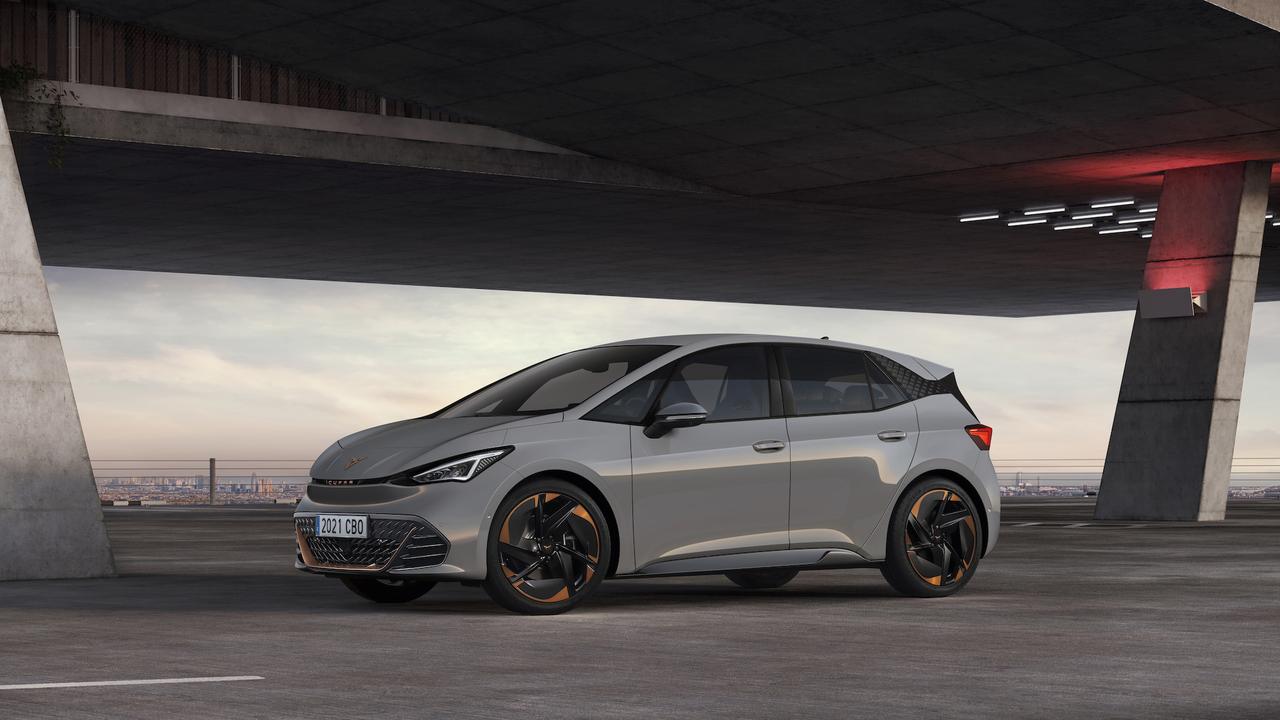Oil is drying up as EVs become even more popular
New research from the International Energy Agency has found that demand for oil is down as EVs become the driving force behind the new global energy economy.
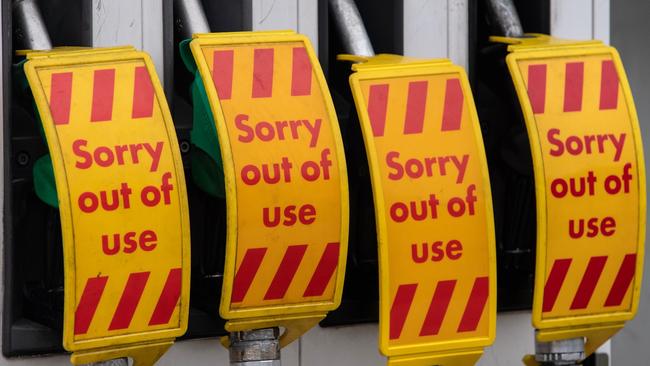
Environmental warriors rejoice - the electric vehicle revolution is working.
While there are still plenty of critics, and many challenges to the widespread adoption of electric vehicles as a replacement for internal-combustion-engine cars, a new report suggests EV adoption could cut demand for oil by up to five million barrels per day by the end of the decade.
The International Energy Agency (IEA), an intergovernmental organisation that includes Australia as a member nation, recently released its annual report on the EV market, Global Electric Vehicle Outlook, which made several significant findings beyond the reduced demand for oil.
ELECTRIC VEHICLES SPECIAL REPORT
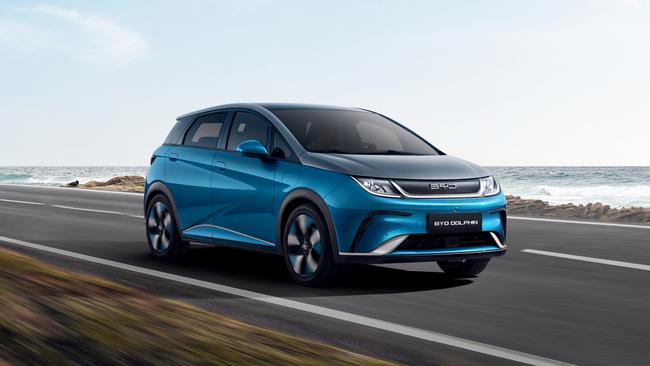
EVs get backing in Labor’s federal budget

Cars get cheaper as key costs fall Cheaper cars as costs fall
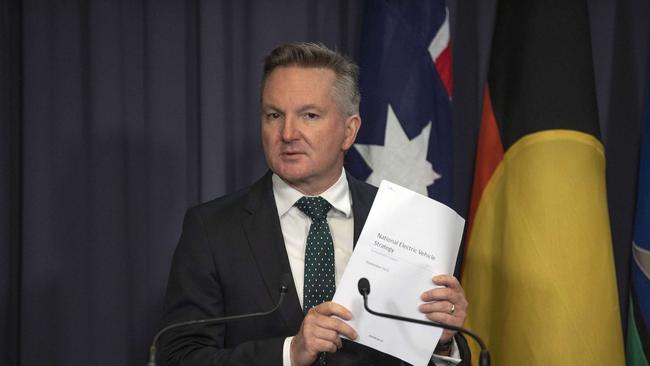
Infrastructure a big budget winner

EVs are getting bigger and better
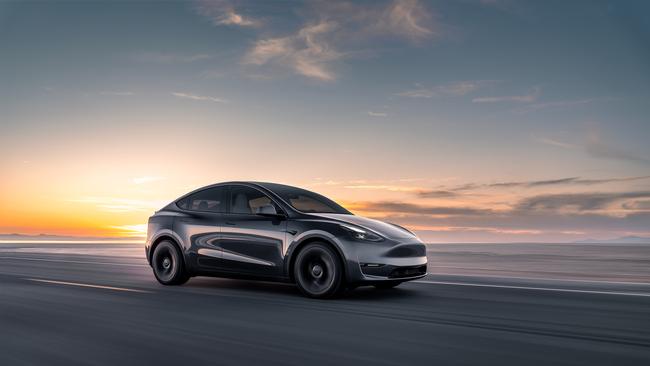
Luxury sits up high as sales boom

Haters gonna hate but the market won’t stop moving
The electric vehicle market continues to boom, despite the naysayers.
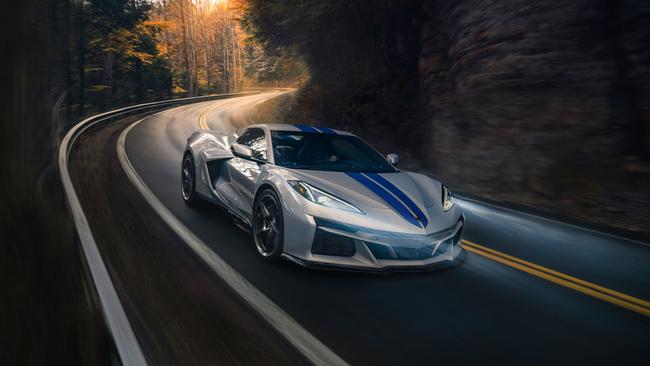
How EVs are changing sports cars

Audi gets room to grow with new platform

The ultimate buy guide for EVs
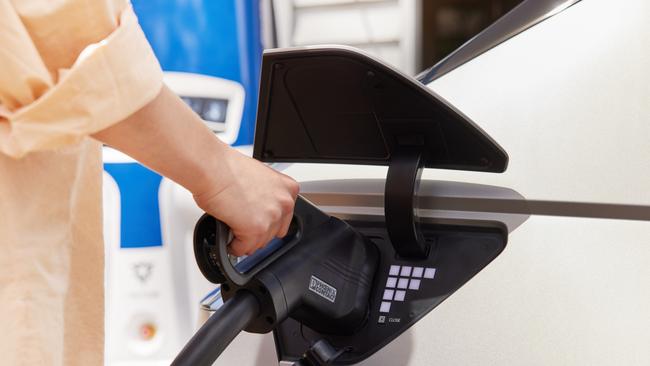
The eight must-know EV facts

New laws to stop ‘ICE-blocking’

Holiday hotspots due for a jolt

Tesla downloads new revenue model in over-the-air upgrades

Would this EV tempt to you buy a Saab again?

Can battery metals be sourced sustainably?

Oil use down as EVs rise

Are EVs really cleaner? It depends where you live

‘Blade’ battery to cut range anxiety

Does hard driving mean hard wearing?
The body is well-placed to look into the impact EVs are having on oil supply, as the IEA was established in 1974 to help the industry through the oil crisis.
“Electric vehicles are one of the driving forces in the new global energy economy that is rapidly emerging – and they are bringing about a historic transformation of the car-manufacturing industry worldwide,” said Fatih Birol, IEA Executive Director.

“The trends we are witnessing have significant implications for global oil demand. The internal-combustion engine has gone unrivalled for over a century, but electric vehicles are changing the status quo.
“By 2030, they will avoid the need for at least 5 million barrels a day of oil. Cars are just the first wave: electric buses and trucks will follow soon.”
According to the IEA report, sales of EVs have boomed since the pandemic, and are now five-times higher than they were in 2018. Sales are focused around three key markets - China, Europe and the United States - with the former accounting for 60 per cent of all global EV sales in 2022.
The growth of electric cars in China is particularly significant as it is the world’s highest-polluting country. Its sales have increased so much in recent years that the Chinese government has already reached the targets it set for 2025.
European EV sales grew by more than 15 per cent in 2022, meaning approximately one in every five vehicles sold in the EU was electric.
While the market is still growing in the US, it has risen steeply in the past 12 months as the Biden Administration has increased incentives and more supply has become available, with sales growing by 55 per cent in 2022 to capture an eight per cent marketshare over all.
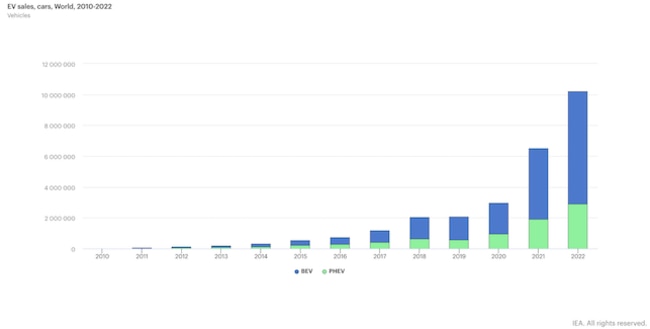
And there’s no sign of it slowing down. The report was released after the first quarter of the year and global sales were up 35 per cent on the same period in 2022, with more than 14 million EVs sold.
This rapid growth has forced the IEA to change its projections for the amount of EVs sold globally by the end of the decade. Originally, the body estimated EVs would account for 25 per cent of global new-vehicle sales by 2030, but has revised that number to 35 per cent. As a result, the IEA is projecting that demand for oil will peak as soon as 2025.
There were several other notable findings from the report, including buying trends and patterns from around the world.
SUVs and large cars are the most popular type of vehicles around the world. Despite the search for efficiency, the car industry‘s initial attempts to build small EVs hasn’t caught on with buyers. Instead, they want larger vehicles, with the IEA reporting that 60 per cent of EVs available in China, Europe and the US are SUVs and large passenger cars.
This is good news for the environment, though, with the IEA estimating that the number of electric SUVs sold in 2022 reduced the need for oil by more than 150,000 barrels per day.
According to the report, one of the major factors in the growing demand for EVs is the increasing supply of options. In large part thanks to the booming Chinese automotive industry, there were approximately 500 electric models available in 2022, more than double what was on offer to consumers just five years ago.
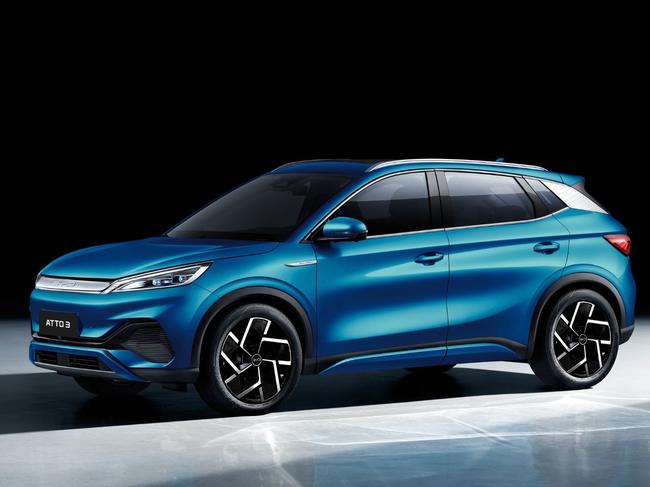
It’s not all good news for the EV industry, though, with the report signalling the need for more “affordable, competitively priced” EVs to ensure mass adoption beyond 2030.
“Today’s level of available electric car models is still significantly lower than the number of ICE options on the market, but the number of ICE models available has been steadily decreasing since its peak in the mid-2010s,” the report read.
More affordable EVs are reportedly on the way, however, with several brands looking at introducing cheaper offerings.
This will likely be led by the Chinese car makers initially, with the BYD Atto 3 and MG ZS EV already competing for the title of Australia’s most affordable electric vehicle. Both brands have confirmed more models are due in Australia soon that could take prices down even further.

